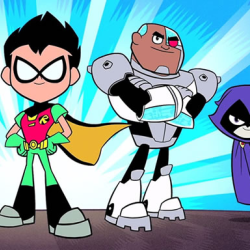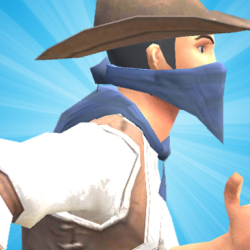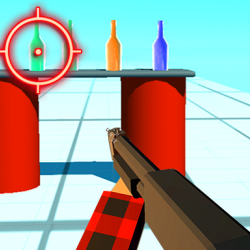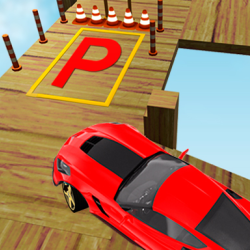Control
WASD serves as the quintessential movement scheme in contemporary gaming, mapping directional inputs to intuitive key placements—W advances forward, A sidesteps left, S retreats backward, and D shifts right. This layout’s dominance stems from its ergonomic synergy with peripheral keys, allowing swift activation of abilities like sprinting, jumping, or interacting via nearby buttons such as Shift, Space, or E. Universally embraced across RPGs, shooters, and survival sims, it anchors player agency, blending tactile precision with adaptability for complex mechanics. Its legacy lies in balancing accessibility and depth, enabling both newcomers and veterans to navigate immersive worlds effortlessly while maintaining readiness for advanced maneuvers.
description
Imagine waking up one day to discover the world you knew has warped into something unrecognizable. The faces of those around you twist into strangers, the streets of your city morph into alien labyrinths, and the familiar skyline crumbles under a haze of eerie shadows. Then you see them—figures with hollow eyes and rotting flesh, specters drifting through the ruins. Your pulse races. Do you stand your ground, fists clenched and courage fraying, or do you bolt, legs burning as you sprint toward the unknown? Let’s be honest—when the dead walk and the air chills with whispers of the unseen, survival isn’t about heroics. Run. Don’t look back. Flee like your life depends on it—because it does. How far would you make it before the world swallows you whole?
































